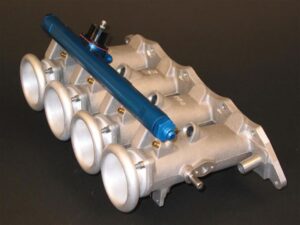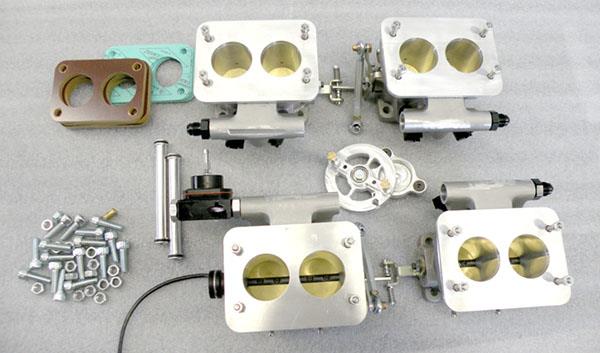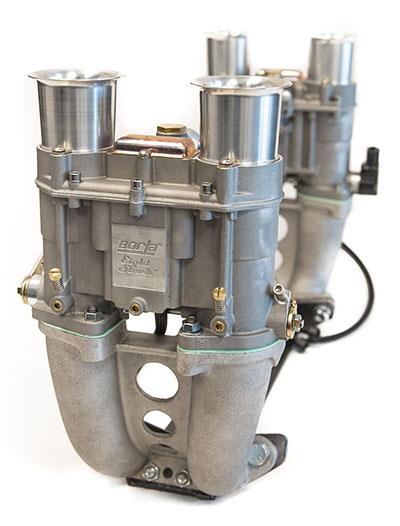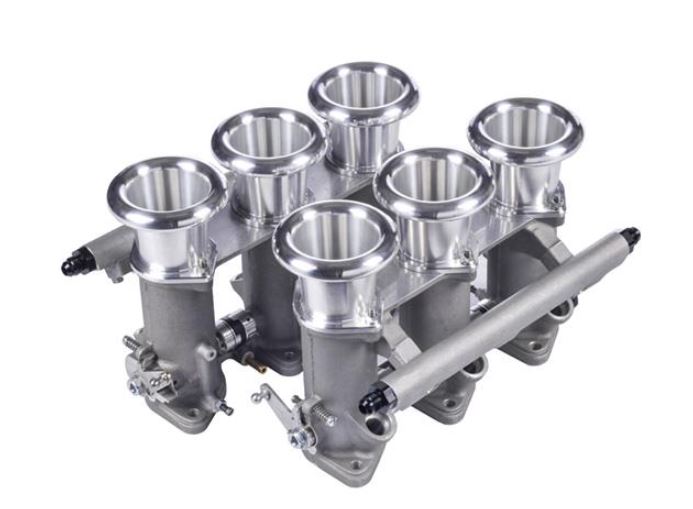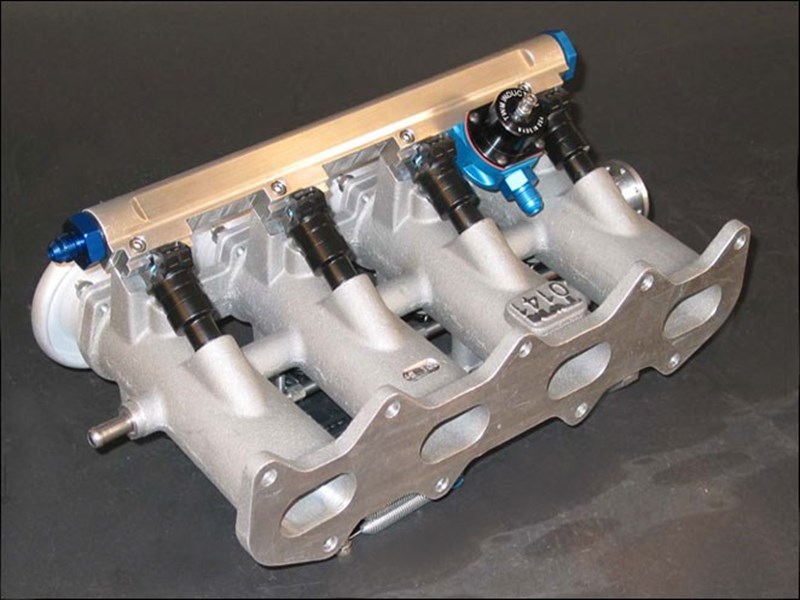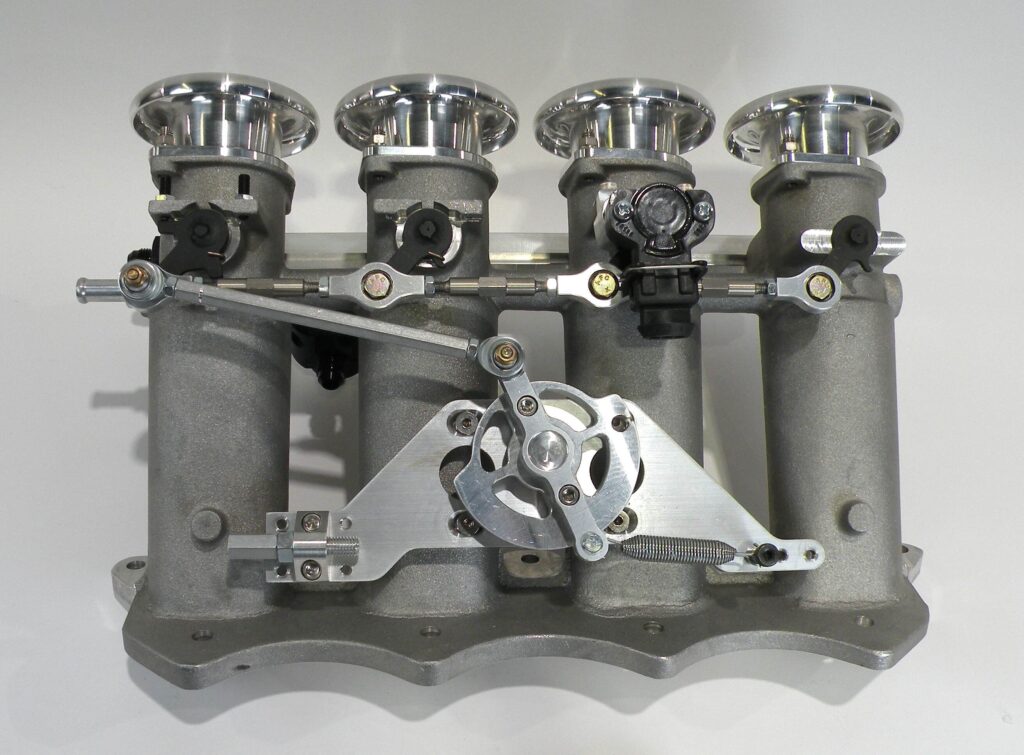Throttle Body Kits
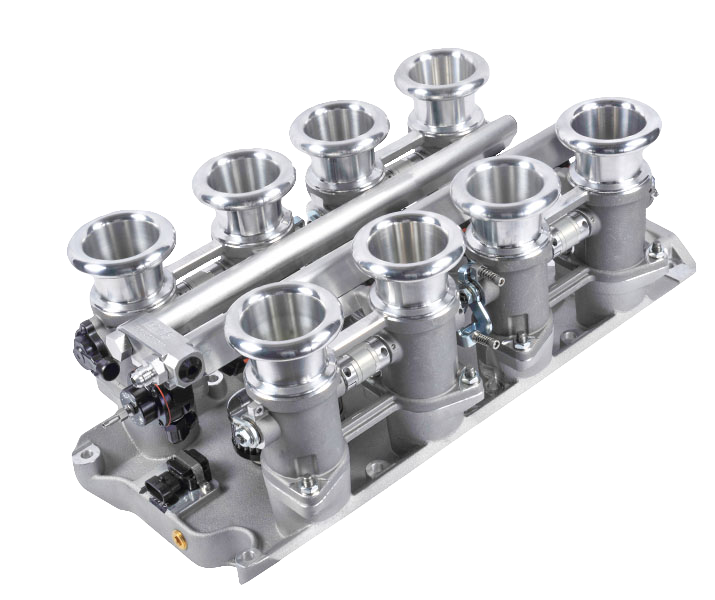
featured v8 kits
Shop Other Throttle Body Kits

Throttle bodies explained
What is a Borla Throttle Body?
In general a throttle body regulates the amount of air that enters an engine and plays a direct role in controlling engine performance and fuel efficiency. Specifically, BORLA throttle bodies are an engineered critical component of each induction system we offer that varies in style and function. These high-quality throttle bodies ensures precise air management, optimizing combustion for improved horsepower,torque, and throttle response.
With multiple designs and bore size options we produce the most comprehensive product line available to convert your engine to a custom EFI masterpiece.
